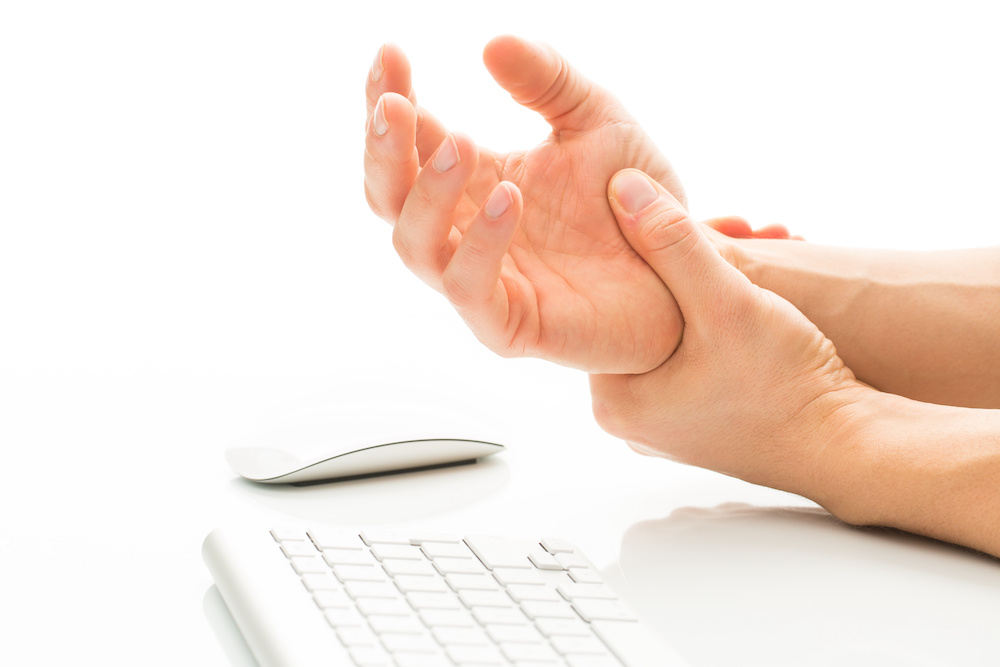Working From Home and Repetitive Strain Injury
Working From Home and Repetitive Strain Injury
We’ve all been through the hardships of the pandemic together. We learned how to cope with its difficulties by adjusting our lifestyles, which included working from home.
Though many workers have returned to the office, others still opt to work from home in adherence to COVID-19 social distancing protocols, or in the realization that the traditional brick-and-mortar office became obsolete in a post-pandemic reality. Remote work through digital interfacing, with its own set of advantages and disadvantages, became a new normal.
Since so much of the global workforce has been working remotely, repetitive strain injuries (RSIs) at the wrist have increased.
Creating a home office is something that much of the population had to improvise at the beginning of the pandemic when lockdown restrictions were the most stringent. Not all of us spent time thinking about how to best implement these new adjustments to minimize longer term injury, like carpal tunnel syndrome. Setting up an office space that takes into consideration optimal posture and flow is important as a preventative measure against the strains of repetition.
The International Ergonomics Association Executive Council defines ergonomics as “the scientific discipline concerned with the understanding of the interactions among human and other elements of a system, and the profession that applies theory, principles, data and methods to design in order to optimize human well-being and overall system performance.”

Design professionals spend countless hours inventing ergonomic keyboards and computer mouses intended to ease the strain that office workers endure while at their computers. Such devices may not have been available during the switchover to remote work. Many of us were working on laptops while on couches, in bed, or at the kitchen countertop while multitasking with family duties.
Wrist injury and hand pain resulting from repetitive strain injuries increased while working from home.
Electromyography is a term used for a device that measures electrical activity in response to nerve stimulation of the muscle. This detects and monitors how your wrist muscles perform and the extent of any damage from overstrain and the injury of repetitive trauma.
Ultrasound technology can also be used to render images of the inside of the hand and wrist. Fluoroscopy refers to the use of X-rays to create real-time medical imaging on a monitor screen that can help guide medical technicians to accurately inject pain-relieving medicine directly into a joint that is aching. Steroid injections are proven to reduce inflammation in joints and can alleviate swelling and discomfort.
ReclaimAbility Pain Services offers all of these forms of treatment modalities. Our staff are motivated to help our patients overcome pain and discomfort for a full, well-lived life. This pain, however it may accumulate in our lives, can be taken care of. We use state of the art science to address your pain treatment and management needs.




